LIFE CHANGING EVENT: MASTECTOMY

THE DIAGNOSIS: You have cancer…a solemn diagnosis that no one wants to hear. If that weren’t bad enough, now the doctor is saying that both breasts need to be removed. New data show that mastectomies have increased 36% from 2005 to 2013 per the Agency for Healthcare Research and Quality. Doctors may recommend a mastectomy to remove the cancerous breasts. Sometimes women chose to have both breasts removed because they carry the BRCA1 or BRCA2 gene.
THE OPTIONS: So what are your options? Doctors may recommend different treatment plans. These treatment plans depend on the doctor’s education and experience, the type of cancer that you have, your health, the facility and the insurance company.
DO YOUR RESEARCH: Each doctor and facility can treat this condition in entirely different ways. Do your research. Search out doctors from various facilities to get other opinions. Also ask for photographs of their work. You may want to have an oncologist and plastic surgeon work together during the surgery. The oncologist could remove the deeper breast tissue and the plastic surgeon could do the superficial tissue/cosmetic work.
THE SURGERY: Doctors perform the surgery in various ways, with varying results. Different methods may reduce scarring while maintaining range of motion. Most mastectomy scars start from the sternum, following the ribcage up to the armpit. The incision will be on both sides of the chest for a double mastectomy. Drains will leave additional scars.
WHAT TO EXPECT AFTER THE SURGERY: Post mastectomy can be quite a traumatic experience. Some issues following a mastectomy are: swelling, tenderness, lymphedema, phantom breast pain, numbness, lack of sensation or feeling, seroma, linear scar, decreased arm movement, crushing feeling in the chest because of tight scar tissue, depression, loss of sexuality identity and negative body image.
Also, the results may not be what was expected. Imagine how devastating it is for a woman who has to look in the mirror and see her mangled, scarred flesh every day. She wonders if this is what she will look like for the rest of her life. She sees what looks like four nipples. She can’t move her arms above her head or wipe herself after going to the bathroom. She was never told that this would happen.
Depending on the skill of the surgeon, patients are often surprised by the appearance of the scar. They usually are not prepared for the dips and bulges that these scars make and how it affects movement of the arms…or how it affects them emotionally. (My first experience massaging a double mastectomy client was quite a shock. I was expecting horrible scarring. I was so surprised to see that she had no scars ! Her skin was totally smooth with not even the slightest sign of a scar. Choosing the most qualified surgeon can minimize scarring.)
HOW CAN I GET HELP AFTER SURGERY? Some doctors say that there is nothing more that they can do after the surgery if the patient does not want reconstruction. Even though the oncologist/surgeon cannot do anything from this point forward, other specialists are available to help with the transition into a new reality.
Who can help after surgery?
- Massage Therapist
- Acupuncturist
- Chiropractor
- Physical Therapist
- Body Movement Worker
- Counselor/Therapist
How can massage help after a mastectomy?
- Therapist listens to YOUR story
- Moisturizes skin by oils and lotions
- Promotes faster healing through oils (calendula/comfrey/aloe/lavender)
- Relaxes the nervous system by touch and essential oils
- Breaks up scar tissue (reducing bulging and pitting)
- Increases range of motion by breaking up scar tissue
- Moves lymphatic fluid
- Demonstrates that it’s okay to touch your scar tissue and body
- Develops new awareness of modifications
DOES MASSAGE CAUSE CANCER TO SPREAD? Some readers may have heard that massage can cause cancer to spread. That belief is a myth. If cancer is going to spread, it’s going to spread with or without a massage. The NIH says that “no evidence suggests that massage therapy can spread cancer.”
WHEN CAN I GET A MASSAGE? The massage therapist will need a doctor’s permission before giving the massage. You should select a therapist who is trained in cancer/mastectomy/lymphatic massage. This training allows a therapist to safely provide massage even though undergoing chemotherapy and/or radiation. Appropriate precautions are taken when the client is being treated. If undergoing chemotherapy or radiation, a massage is better the day or evening before the treatment.
To schedule your post mastectomy massage,
Call Kathy Volrath,
Certified Oncology & Mastectomy Massage Therapist
Spotswood Trail Massage
Offices located in Elkton & Harrisonburg, VA
(540) 820-3097





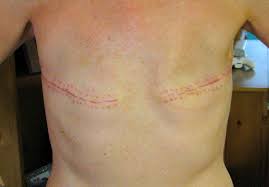
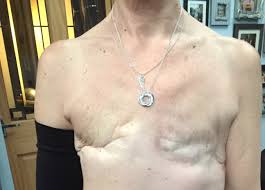
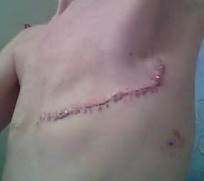
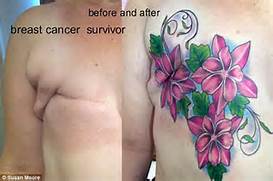
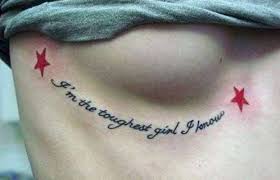

No Comments